California: Mexican Mafia (La Eme)
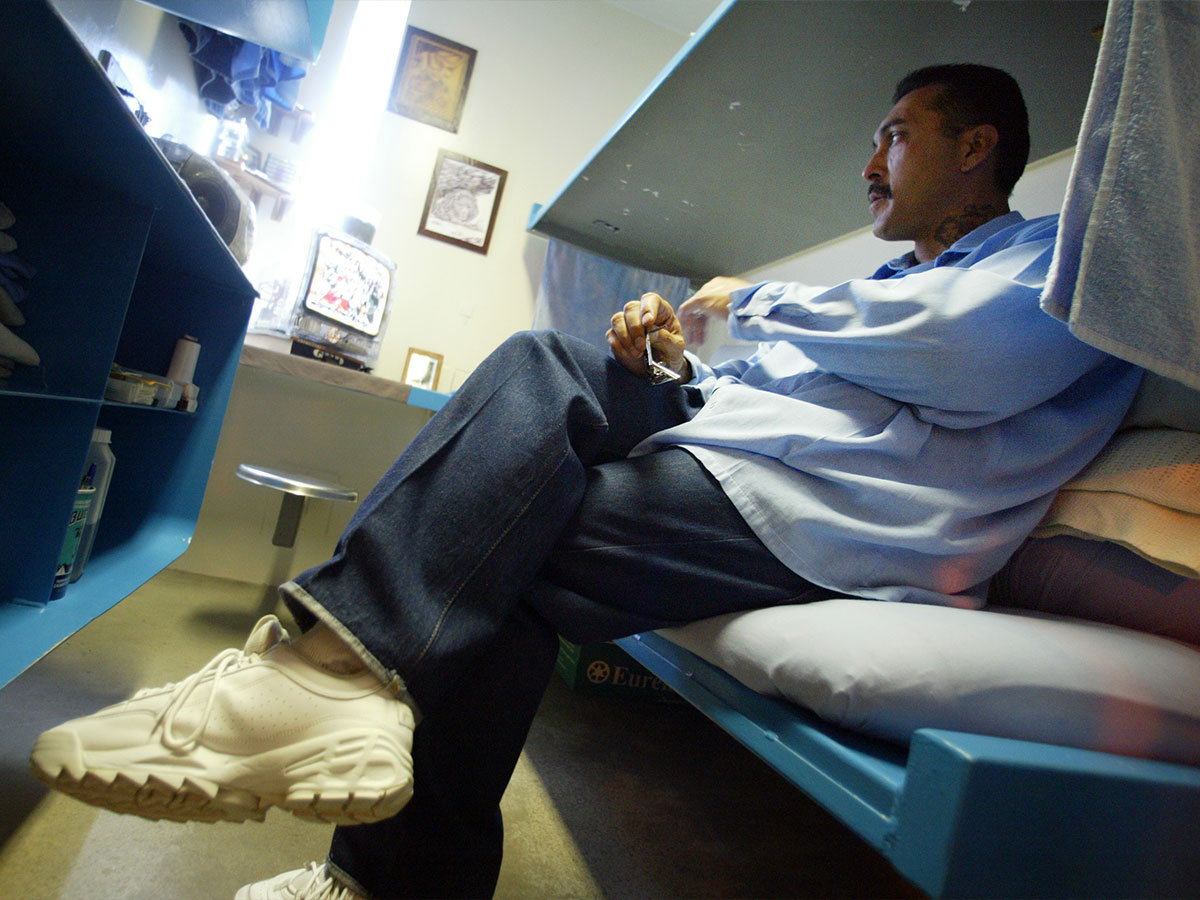
The Mexican Mafia, also known as La Eme, is California’s most powerful gang, deeply rooted in the state’s prison system. Established in the 1950s, La Eme orchestrates criminal activities both behind bars and on the streets.
- Crimes: Drug trafficking, extortion, and murder-for-hire.
- Reach: Dominates Southern California, with influence over Latino street gangs.
- Impact: They control large-scale drug distribution networks and maintain strict power hierarchies, enforcing their rules with brutal efficiency. Their stronghold within prisons gives them unparalleled control over affiliated gangs like Sureños, cementing their reputation as a dominant criminal force.
Texas: Tango Blast
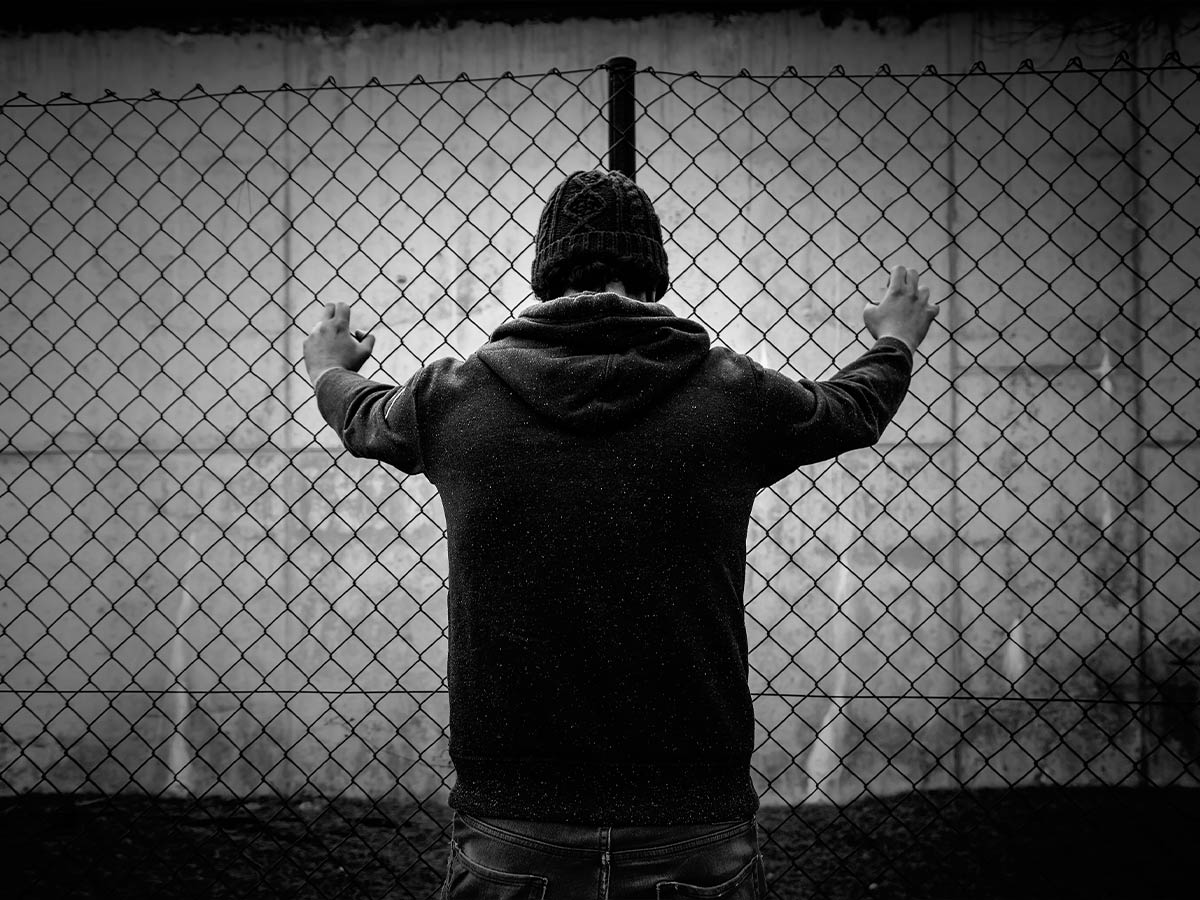
Tango Blast is Texas’s largest and fastest-growing gang, known for its decentralized structure and strong prison influence.
- Crimes: Drug trafficking, extortion, and murder-for-hire.
- Reach: Dominates Southern California, with influence over Latino street gangs.
- Impact: They control large-scale drug distribution networks and maintain strict power hierarchies, enforcing their rules with brutal efficiency. Their stronghold within prisons gives them unparalleled control over affiliated gangs like Sureños, cementing their reputation as a dominant criminal force.
Illinois: Gangster Disciples
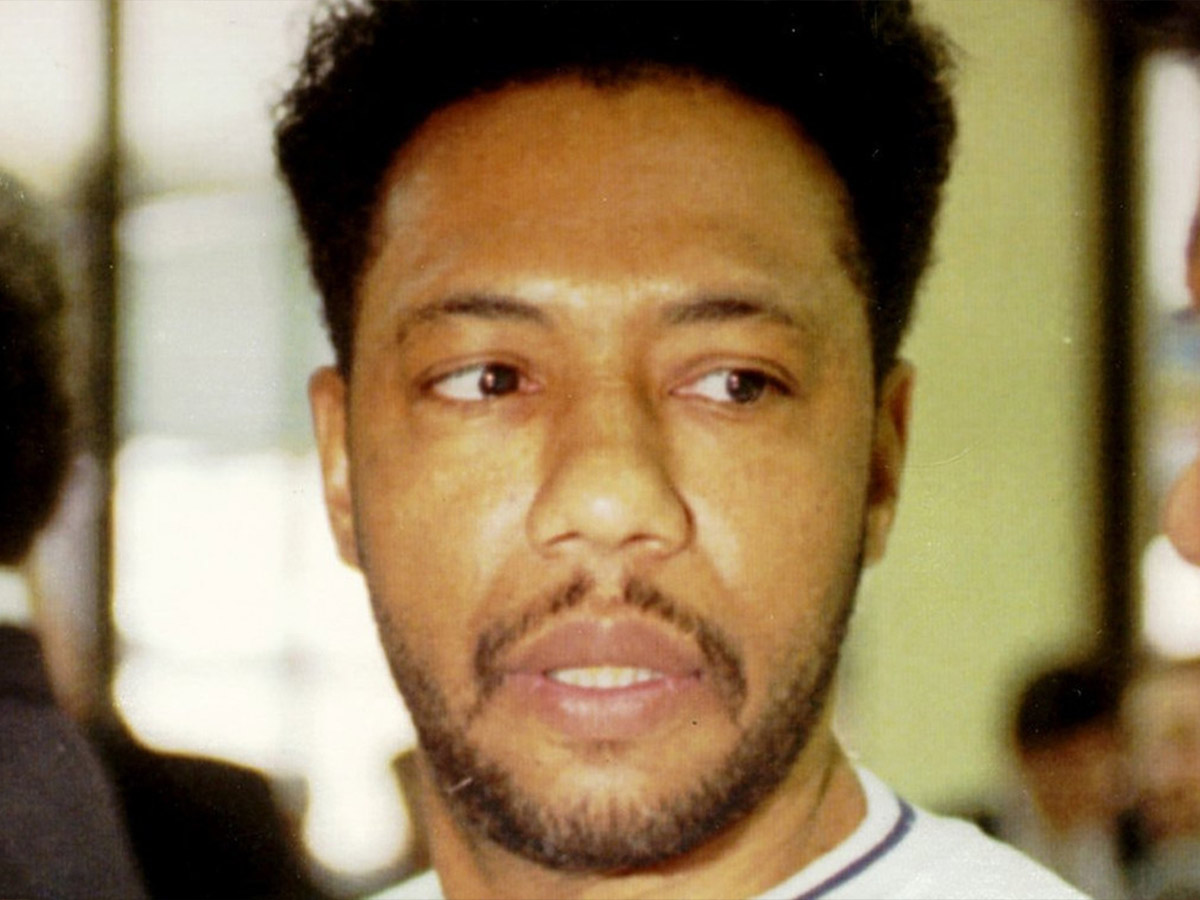
The Gangster Disciples (GD) are a significant street gang with deep roots in Chicago, founded in the 1960s.
- Crimes: Drug trafficking, violent crime, and illegal firearm distribution.
- Structure: A highly organized hierarchy, with an emphasis on loyalty and secrecy.
- Influence: Active in urban neighborhoods, with a presence in over 30 states. GD’s combination of organization and street-level control has made them a dominant force in Illinois. Their influence extends beyond Chicago, affecting the state’s criminal landscape and maintaining their reputation as one of the Midwest’s most powerful gangs.
New York: Latin Kings

The Latin Kings are one of New York’s most powerful and enduring gangs, with roots dating back to the 1940s.
- Crimes: Drug trade, robbery, and violent crime.
- Structure: A strict hierarchy led by the "Supreme Crown."
- Presence: Active in New York City and surrounding suburban areas. The gang’s focus on cultural pride and discipline has helped maintain its numbers while fostering loyalty among members. Despite crackdowns, the Latin Kings remain a potent force in New York, controlling various criminal enterprises and maintaining a visible street presence.
Florida: Latin Kings

The Latin Kings also dominate Florida’s gang scene, leveraging their national network to expand their influence.
- Crimes: Drug distribution, racketeering, and violent offenses.
- Presence: Active in urban hubs like Miami and Tampa.
- Structure: Similar to their New York counterparts, with a hierarchical organization. Florida’s Latin Kings are particularly known for their ability to adapt, working with other criminal organizations when necessary. Their combination of cultural identity and criminal enterprise ensures their longevity in the Sunshine State.
Georgia: Ghostface Gangsters

The Ghostface Gangsters are Georgia’s most notorious gang, known for their white supremacist ideology.
- Crimes: Drug trafficking, identity theft, and violent crime.
- Reach: Originating in prisons, they now have a growing street presence.
- Structure: A rigid hierarchy emphasizing racial loyalty. This gang’s brutal tactics and focus on expanding beyond prison walls have made them a dominant force in Georgia’s underworld. Their criminal activities and ideology pose significant challenges to law enforcement.
Michigan: Black Mafia Family (BMF)

The Black Mafia Family is a legendary Detroit-based gang known for its sophisticated drug distribution network.
- Crimes: Large-scale drug trafficking and money laundering.
- Influence: Operated a nationwide drug empire, earning billions at its peak.
- Legacy: Despite crackdowns, BMF remains a symbol of criminal entrepreneurship in Michigan. Their ability to mix street credibility with corporate-like organization set them apart, leaving an indelible mark on Michigan’s criminal history.
Ohio: Heartless Felons
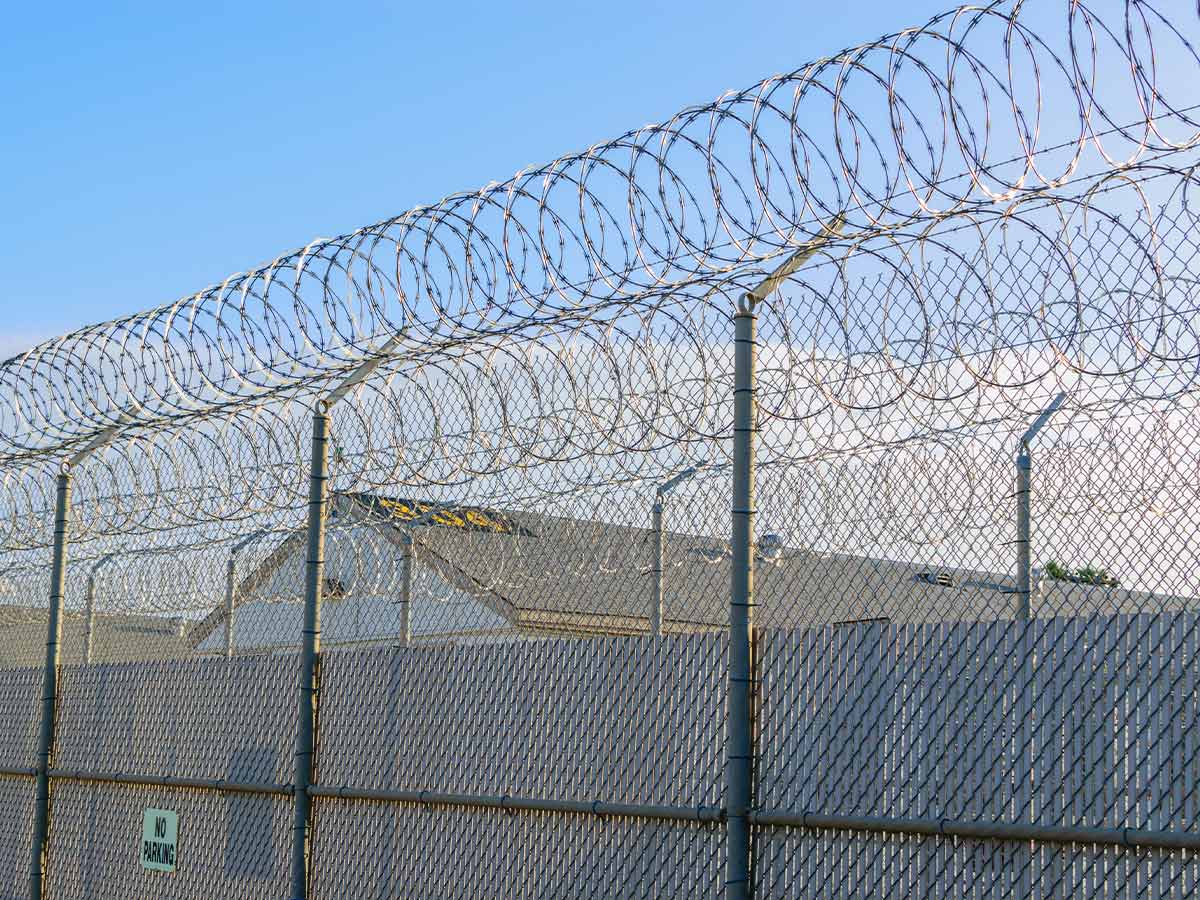
The Heartless Felons are a feared Ohio prison gang that dominates the state’s criminal underworld.
- Crimes: Drug trade, assault, and armed robbery.
- Origin: Founded within the Ohio Department of Rehabilitation and Correction system.
- Expansion: Rapidly growing in Cleveland and other urban areas. Their violent reputation and ability to control prison systems make them a significant force in Ohio’s gang hierarchy. Their dominance continues to grow, both in and out of incarceration.
New Jersey: Bloods
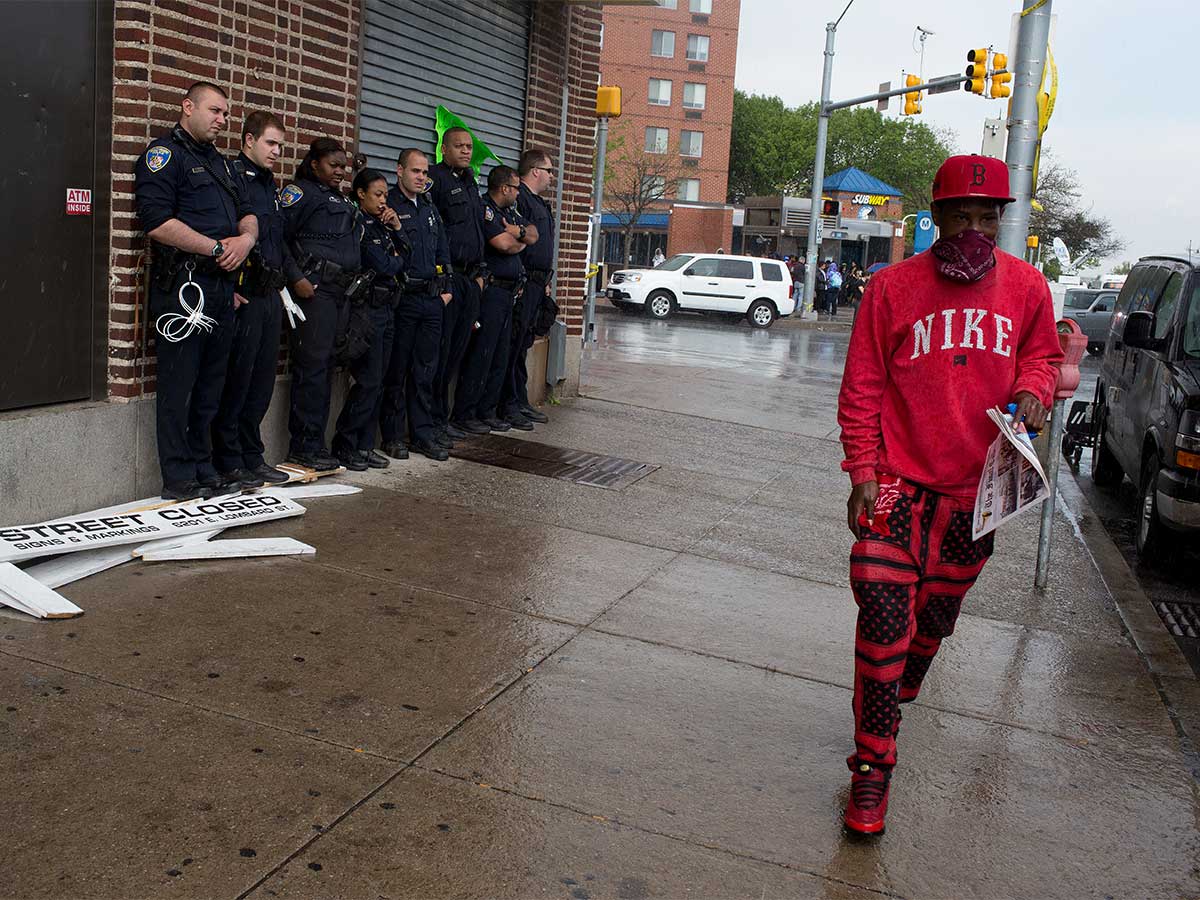
The Bloods maintain a stronghold in New Jersey, spreading from their origins in Los Angeles.
- Crimes: Drug trafficking, robbery, and violent offenses.
- Presence: Found in urban areas like Newark and Trenton.
- Structure: Organized into smaller "sets" with shared loyalty. Their adaptability and recruitment efforts keep them at the forefront of New Jersey’s gang scene, posing ongoing challenges for law enforcement.
Nevada: 18th Street Gang
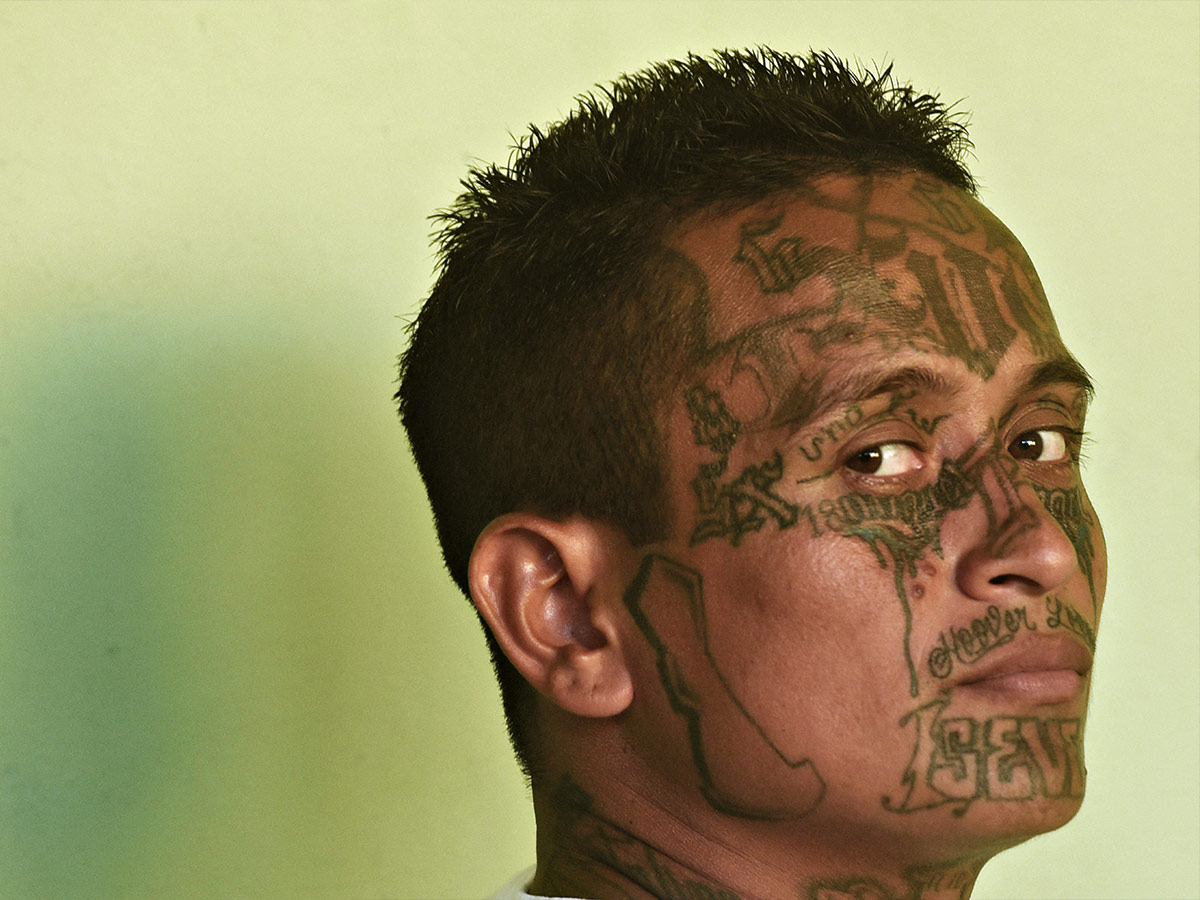
The 18th Street Gang, also known as "Barrio 18," is one of Nevada’s most dangerous gangs, with a strong presence in Las Vegas.
- Crimes: Drug trafficking, extortion, and violent crime.
- Reach: International connections, with ties to Central America.
- Structure: Operates in smaller, semi-independent cliques. Known for their violent reputation and adaptability, the 18th Street Gang dominates street-level criminal activities in Nevada. Their extensive network allows them to maintain power in urban areas while remaining a significant threat to public safety.
Arizona: Sinaloa Cartel

The Sinaloa Cartel is Arizona’s most powerful criminal organization, operating across the U.S.-Mexico border.
- Crimes: Drug smuggling, human trafficking, and money laundering.
- Reach: Controls much of the drug flow into the U.S., particularly fentanyl and methamphetamine.
- Leadership: Despite leadership changes, their influence remains strong. The cartel’s dominance stems from its control of key smuggling routes. Its operations in Arizona significantly impact local communities, making it a major player in the state’s criminal ecosystem.
Washington: Norteños
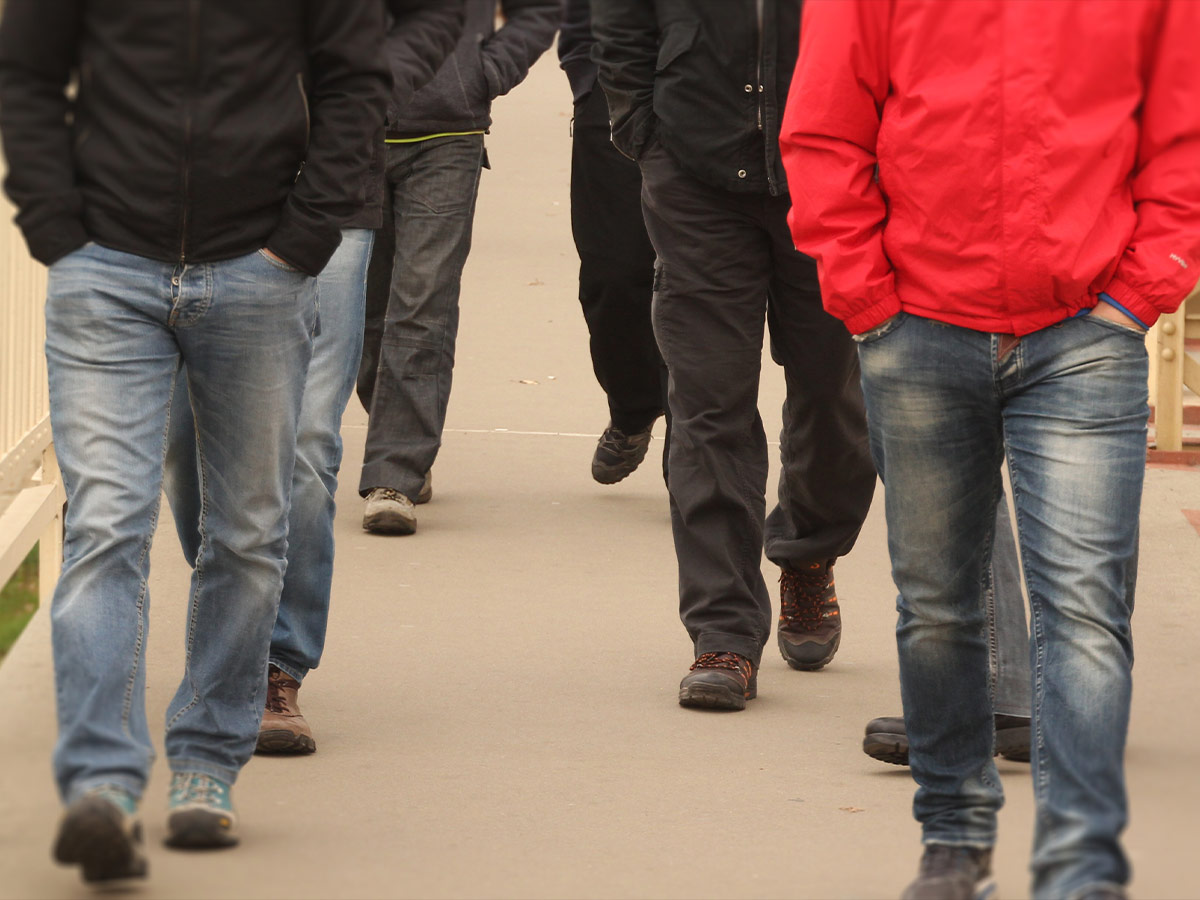
The Norteños are a prominent gang in Washington, known for their connections to California’s Northern gangs.
- Crimes: Drug distribution, assaults, and property crime.
- Presence: Active in cities like Seattle and rural areas.
- Structure: Loyal to the Nuestra Familia prison gang. Their adaptability and influence in both urban and rural regions make the Norteños a dominant force in Washington, with increasing presence in criminal enterprises.
Missouri: Aryan Brotherhood
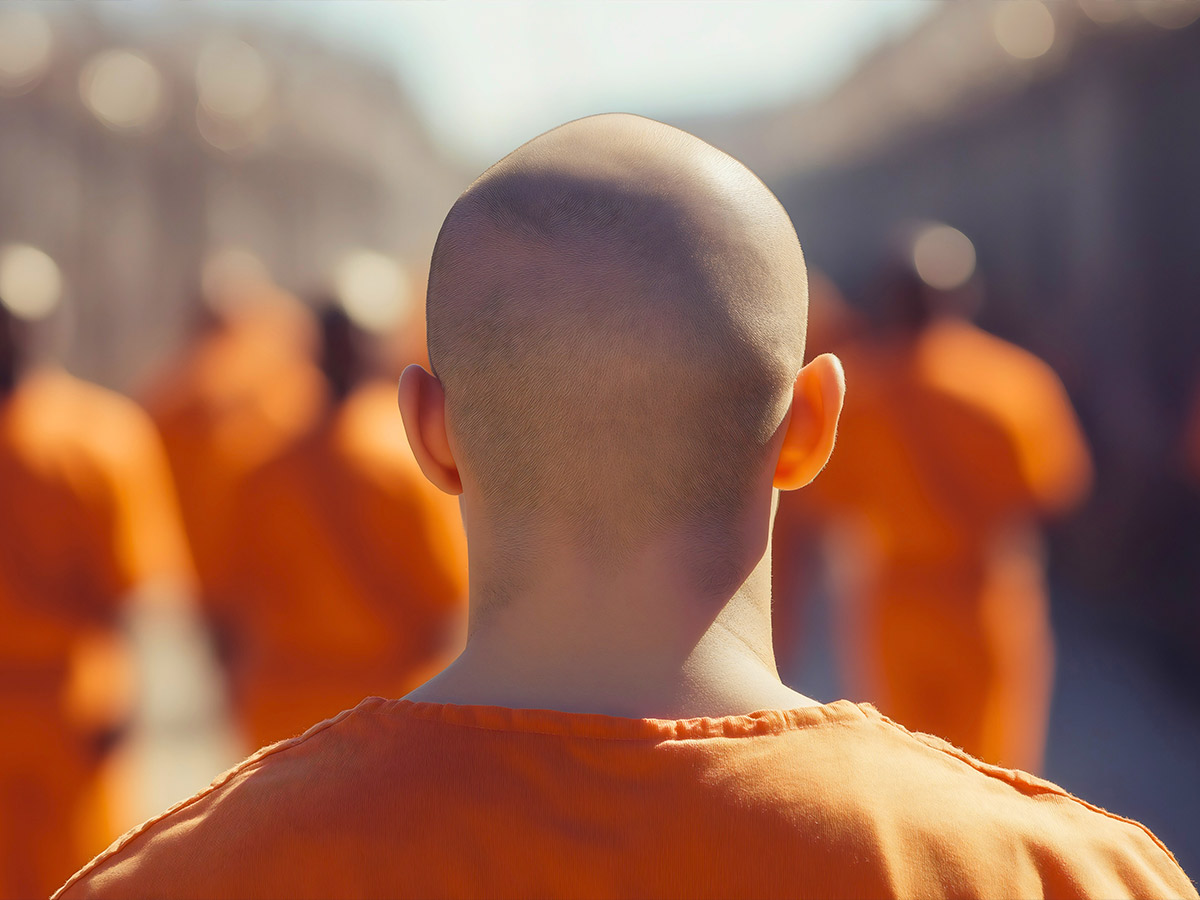
The Aryan Brotherhood is a white supremacist gang with a stronghold in Missouri’s prison system.
- Crimes: Drug trafficking, extortion, and violent crime.
- Structure: Operates with a strict hierarchy and racial loyalty.
- Reach: Their influence extends to the streets, particularly in rural areas. Known for their brutal methods, the Aryan Brotherhood is a dangerous gang that maintains control through fear and violence, solidifying their grip on Missouri’s criminal landscape.
Tennessee: Vice Lords
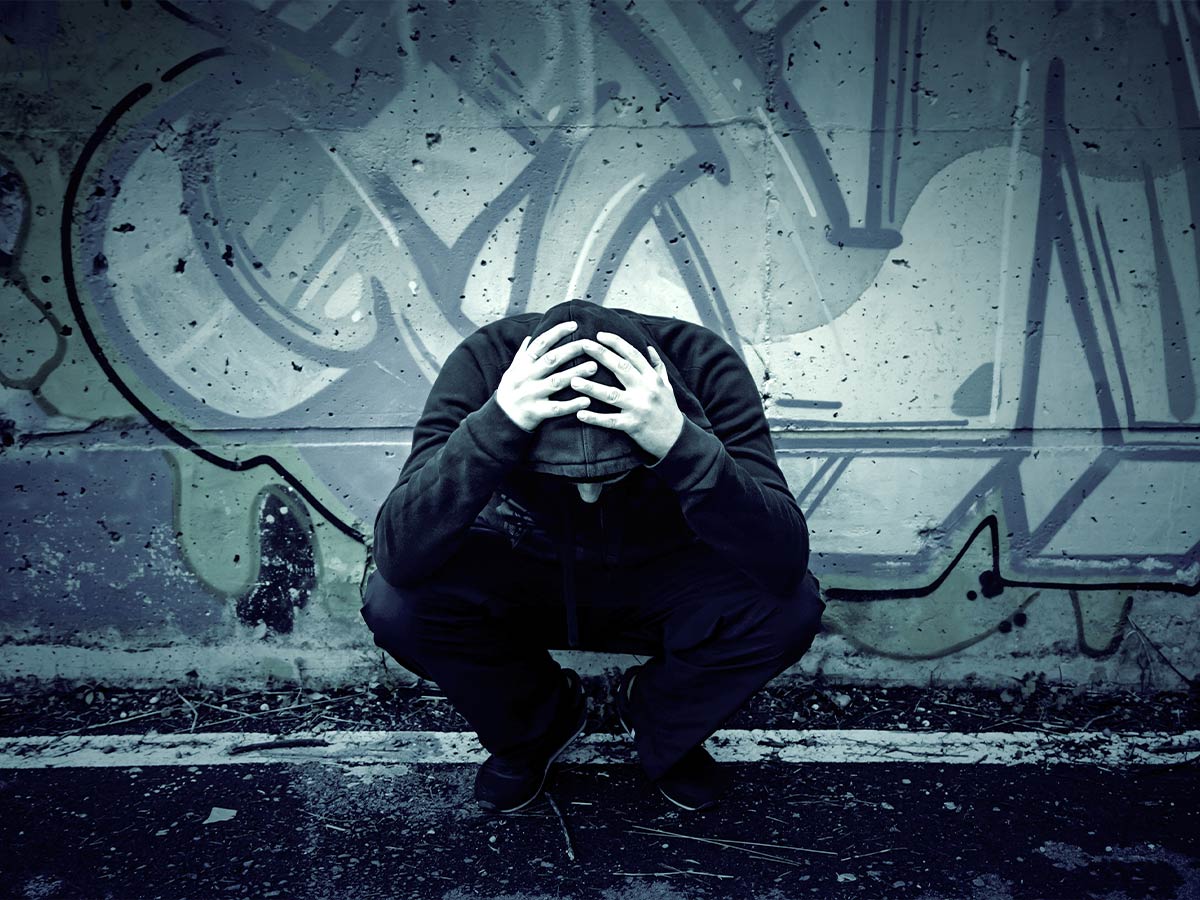
The Vice Lords are a powerful street gang with a significant presence in Tennessee.
- Crimes: Drug trade, armed robbery, and violent crime.
- Origin: Founded in Chicago, with a growing foothold in the South.
- Presence: Active in Memphis and other urban areas. Their ability to expand their influence beyond Chicago makes them a dominant force in Tennessee, particularly in the drug trade.
Colorado: Sureños

The Sureños have steadily expanded their influence in Colorado, becoming one of the state’s most powerful gangs.
- Crimes: Drug distribution, property crime, and violent offenses.
- Presence: Dominates in cities like Denver and Colorado Springs.
- Ties: Affiliated with the Mexican Mafia (La Eme). Their growing influence in urban and suburban areas ensures their place as a major player in Colorado’s gang scene.
 Author
Ron Winkler
Last Updated: August 07, 2025
Author
Ron Winkler
Last Updated: August 07, 2025